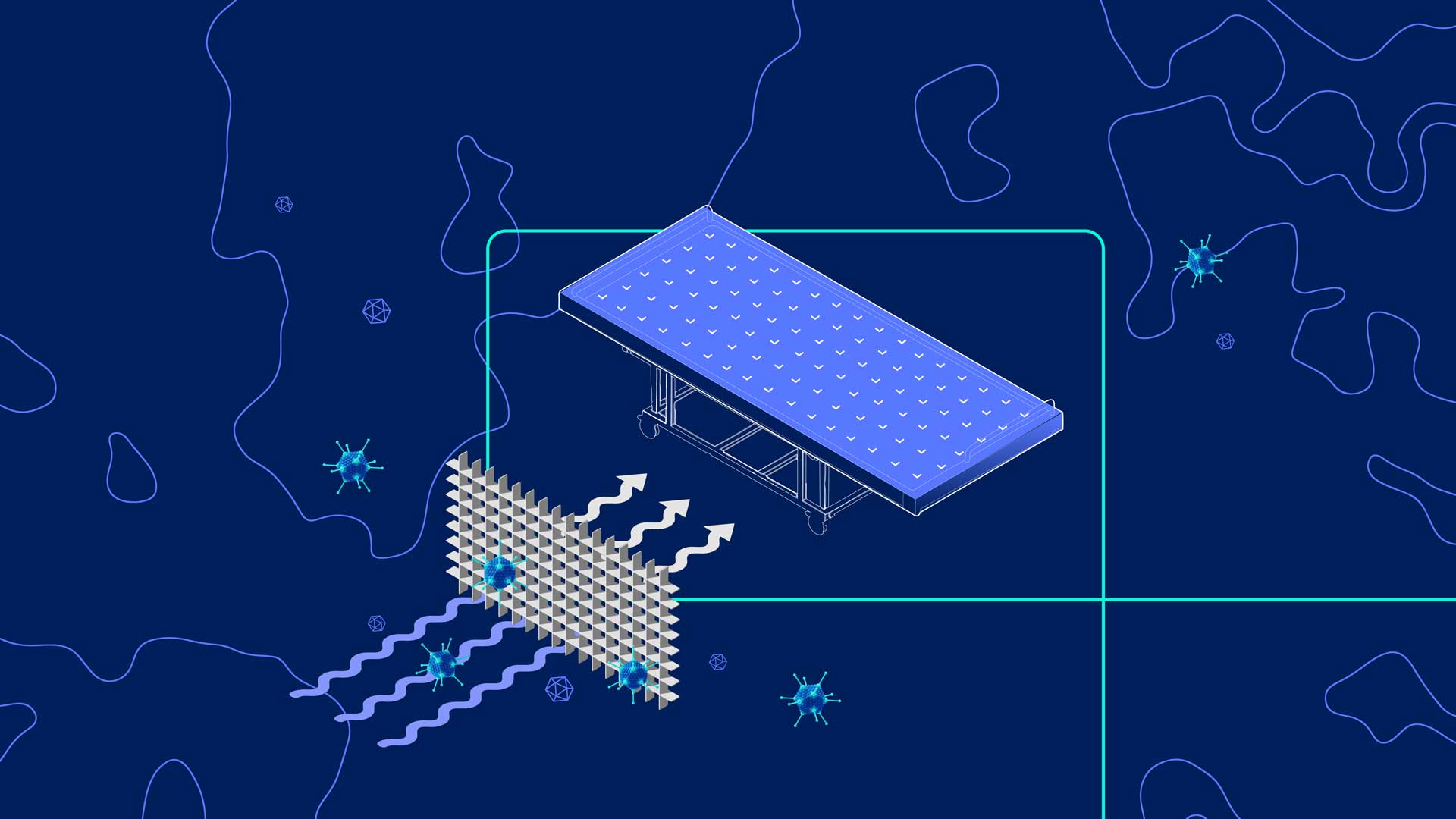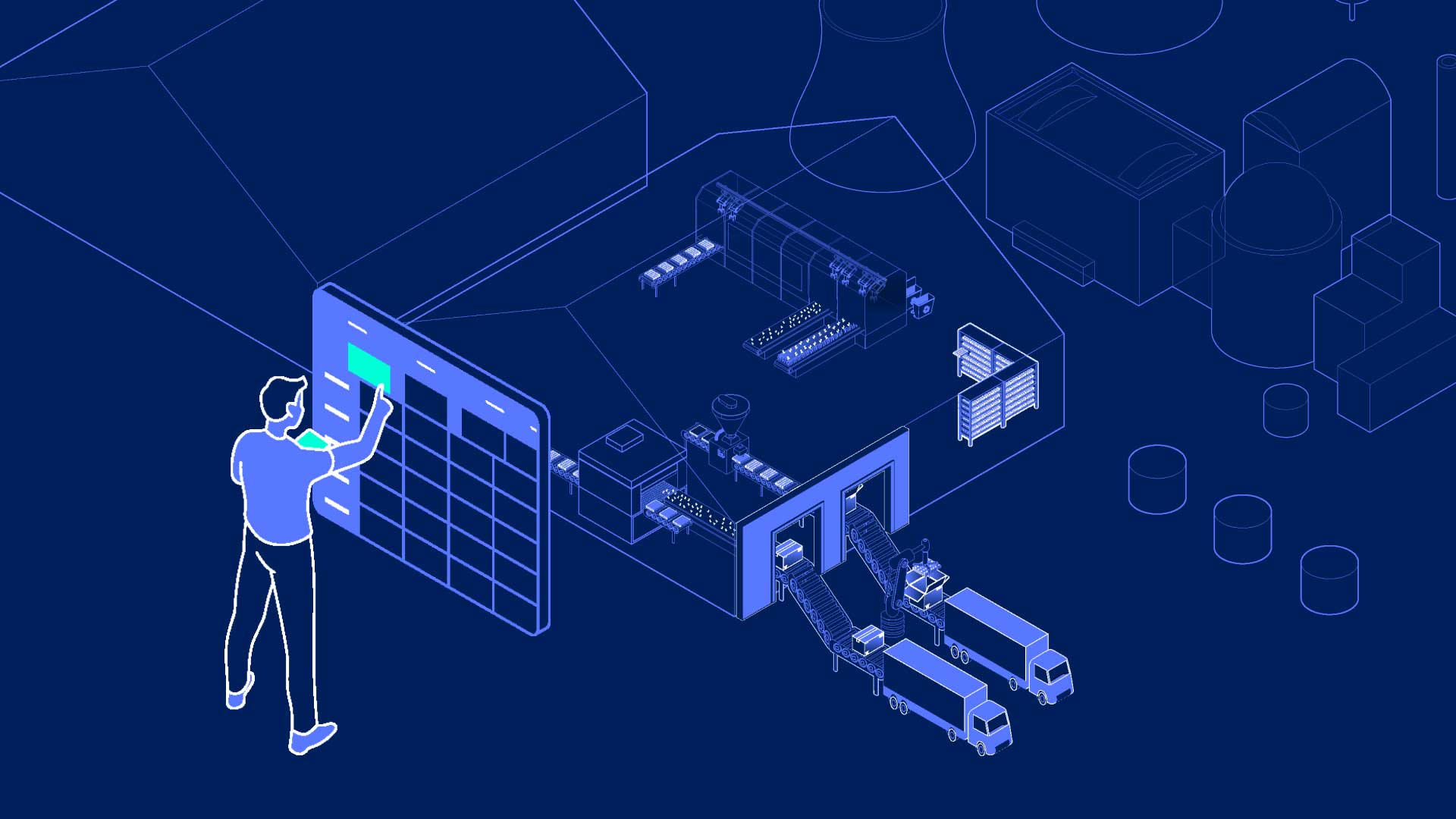Over the last decade, the agricultural industry has undergone a significant transformation with the introduction of new technologies that have revolutionised the way we grow crops. Let’s take a look at some of the most prevalent, and why they’re so important.
What is modern farming technology?
Innovation has become more crucial than ever in agriculture. It helps address major challenges such as rising supply costs, labour shortages, and meeting a shifting consumer demand towards more sustainable, healthy produce.
Investments in AgriFoodTech reached $15.6 billion in 2023, helping to drive forward innovation. This has seen advancements in indoor vertical farming, automation and robotics, precision agriculture, artificial intelligence, and other types of technologies. The vertical farming market alone is set to grow to approximately $13.7 billion by 2029 (up from $5.6 billion in 2024).
What is the importance of agricultural technology?
At present, agriculture contributes to approximately 10-12% of global emissions. This is stark, and shows the need for our current systems to adapt. This can be done through modern farming technology, helping to drive a reduction of emissions and enable growers to grow sustainable, planet-friendly produce.
Agricultural technology has allowed companies to achieve greater profitability, efficiency, safety, and more sustainable practices. Other benefits of these new technologies are more varied, including enhanced monitoring and management of natural resources like air and water quality, and greater oversight over the production, processing, distribution, and storage of crops.

Traditional agricultural operations' effect on climate change
Given the extent of these global challenges, how can new technologies help to mitigate the effect agriculture has on our climate, and still enable growers to thrive?
Precision agriculture technology
Emerging precision agriculture companies are creating innovative products that allow farmers to optimise yield by regulating different aspects of crop farming, including moisture levels, pest stress, soil conditions, and microclimates.
Precision agriculture empowers farmers to enhance efficiency and minimise costs, enabling more precise methods for planting and cultivating crops through remote sensors and satellite crop monitoring.
Precision agriculture uses advancements in technology to improve sustainability by optimising the use of land, water, fuel, fertiliser, and pesticides. In essence, precision agriculture allows farmers to achieve more efficient crop production while minimising resource utilisation.
Artificial intelligence
AI's powerful predictive capabilities for weather predictions, prices, and crop yield can increase efficiency and help farmers make well-informed critical decisions by allowing them to better understand their environment.
Digital agriculture has given rise to new opportunities for gathering data. Remote sensors, satellites, and unmanned aerial vehicles can collect information on crops and soil conditions, and temperature and moisture sensors can track the climate.
These algorithms learn and adjust based on the data received, and the more statistical information gathered, the more capable the algorithm is of predicting a range of outcomes (with increasing accuracy). The goal is to assist farmers in achieving a better harvest by utilising artificial intelligence to make better decisions in the field.
At IGS, we use AI in our vertical farming technology for a variety of purposes. This includes warning growers if their crop is getting too tall without them needing to manually trawl through thousands of images. This ensures greater yield and crop health, as crops can be monitored at a level simply not possible with the human eye.

GPS technology
Tractors equipped with GPS and autonomous steering systems are used to improve seed placement, helping to reduce waste and costs. GPS-guided drones also perform tasks, including crop spraying, livestock monitoring and mapping.
GPS has many applications beyond tractors. Farmers use GPS receivers to identify predetermined positions in a farm field for soil sampling. The collected soil samples are then analysed, producing a fertility map. Farmers can use this to prescribe the exact amount of fertiliser needed for each sampled section of the farm field, working to reduce waste.
Cloud software
Advancements in cloud computing and data management solutions allow large datasets to be processed and stored, in turn helping to embed sustainability practices. This data also allows growers to be more transparent for consumers interested in the origin of their products.
Drone agricultural technology
For the past twenty years, drones have been used in agriculture, primarily to assist with crop spraying. Thes days, however, we’re seeing drones used to survey crops and herds over large areas quickly and efficiently. On top of this, they can be used as a relay system to transmit real-time data to other connected equipment and installations.
Drones can also use computer vision to evaluate field conditions and provide precise interventions – such as fertilisation and nutrients and pesticide delivery – in areas where crops require them most. They could also plant seeds in remote locations, reducing equipment and labour costs.

Vertical farming technology
Vertical farming is an advanced agricultural technology where crops are grown indoors in vertically stacked layers. This method incorporates modern advancements in technology, such as LED lighting, closed-loop water recycling, and climate control to optimise crop production.
At IGS, we design and manufacture Growth Towers, vertical farming technology which is used in tandem with cloud-based software (we call this our Growth Tower Management System). These combine to regulate environmental elements like lighting, water distribution, CO2 levels and nutrient delivery. Each tower helps create a biosecure environment, while multiple crops can be grown in a single tower.
Vertical farming is also a highly effective way to cut expensive, carbon-intensive food imports. Crops can be grown closer to the consumer (lowering foot waste) year round, regardless of what the weather looks like outside. Growers can accurately predict and plan yield (boosting profitability), and monitor crop health in real time.
Vertical farming also removes the need for harmful chemicals. With tightly managed humidity levels and controlled environments, you can effectively eliminate pests and fungal diseases. This results in healthier crops. In the USA, vertical farms using hydroponic systems can now apply for organic certification, providing they meet other a number of other requirements.
CEA and TCEA
CEA is a method of food production that involves growing crops in spaces where conditions can be controlled by humans to suit the specific areas and needs of crops. This level of control allows for variations in temperature, light, humidity, and nutrient delivery.
While glasshouses and simpler indoor systems fall under CEA, these methods often lead to unpredictable and inconsistent yields because of the lack of complete control over the growing environment. Total Controlled Environment Agriculture (TCEA) takes Controlled Environment Agriculture (CEA) one step further. TCEA eliminates external factors like heat and light and creates its own microclimate, resulting in a more dependable and repeatable growing environment.
Looking to the future
Modern agricultural technologies have had a tremendous impact on farming in recent years, enabling farmers to optimise yields, reduce costs, and improve environmental sustainability.
As we look to the future, it's clear that technology will continue to play a crucial role in addressing the challenges facing agriculture, ensuring that we can feed a growing population, while minimising our impact on the environment.
Want to find out more about how vertical farming could fit into your current operations? Get in touch.






.jpg)
